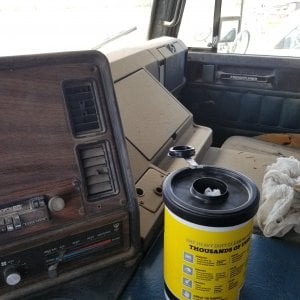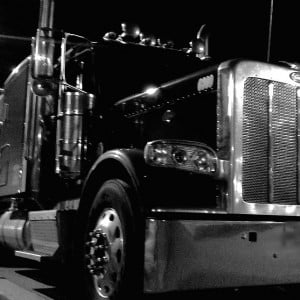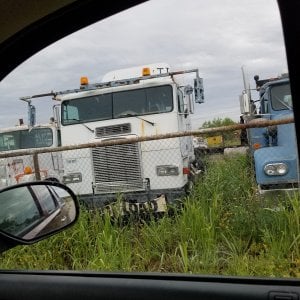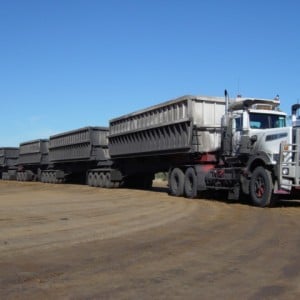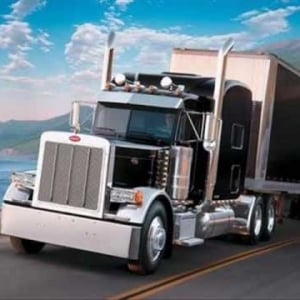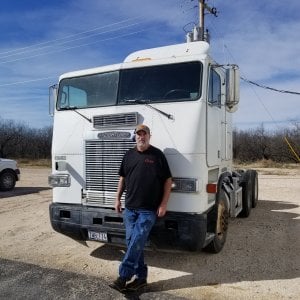What a tragic thing to happen just helping out a friend. I took a course a few years back that dealt with the WLL of different binders as well as chains and hooking points. The picture below shows how a ratchet binder has a higher WWL then a lever binder of the same size.
I have also uploaded a pdf file that shows how much WLL % you can lose by improperly using a grab hook or any hook for that matter. Well I take that back, the file exceeds the limit so here is the
page link on the www. It has some very relevant information in it.
Center Loading-100% of WLL
¼” off center-88% of WLL
½” off center-79% of WLL
¾” off center-71% of WLL
Tip Loading-41% of WLL
Like most have already said, something must have been set up improper for this to have happened. We truly have a very unforgiving profession when it comes to loads shifting when standards have not been met. Be Safe!

